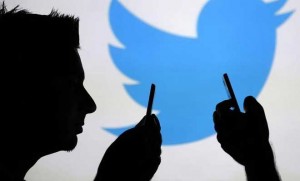The temperature in New Haven is dropping, and, as happens every year, influenza will soon begin to spread. Tracking and predicting the magnitude of the flu’s progress using the internet has been a point of growing interest for years. By taking advantage of the rise of social media, Yale undergraduate Ruchit Nagar ’15 and fellow researchers have taken the next big step toward anticipating the outbreak of disease, turning tweets into useful public health data.

Together with a team at HealthMap, Nagar collected data from Twitter posts in New York City in order to predict influenza-like illness emergency department (ILI-ED) visits during the 2012-2013 flu season. Nagar, who found this project through the Yale World Fellows program, was interested in determining whether public health data mapping through social media could be accurately done on a local scale. In a place like New York, where Twitter usage is densely concentrated, he said, “we can take advantage of the availability of rich, granular data for local, public health prediction.”
The results were striking, showing that the number of relevant, infection-specific flu tweets strongly correlated with the amount of ILI-ED visits in a given day. The team’s data was calculated from posts that were digitally and manually curated based on an extensive set of criteria. Aggregated daily, this data was able to predict the beginnings of an outbreak in real time, long before official reports. Based on this modeling, “we know the potential cases before they go to the hospital and can tell the hospital what to be prepared for,” Nagar explained. In the future, he foresees a change in the course of epidemiology. “It is great for preventative medicine,” he said. “There will be new ways for people to participate in public health, and there’s going to be an increasing value in using this data as a supplement to the data we have already.” As it turns out, we are inadvertently predicting health crises, one tweet at a time.
